It is easy to describe this motorcycle: it is a dirt bike with lights and lots of fun.

Story: Joshua Varghese
Photography: Sanjay Raikar
To properly experience riding off road, one must ride a motocross or enduro motorcycle. Those bikes are engineered for the sole purpose of going fast and having fun in the dirt. After a ride on one of those, riding an ADV or dual-sport motorcycle in the same setting feels lacklustre. The only reason why most of us are not zipping around on motocross bikes is cost. The machine itself is extremely expensive and given that they are usually not road-legal, one also needs a track, a farm or at least a pick-up truck to make the most of it.
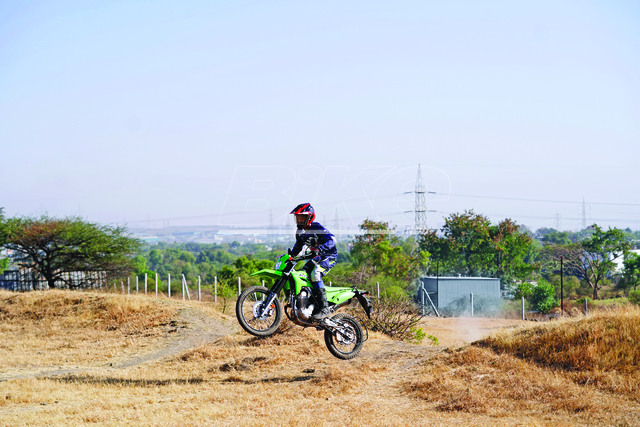
When we think of dual-sport motorcycles today, the Hero Impulse, Hero Xpulse 200, and even the KTM 390 Enduro R spring to mind, but trust me when I aver that the Kawasaki KLX 230 is a dual-sport that is unlike anything we have ridden so far. There is no other motorcycle like this one in our market today. While a traditional dual-sport tries to offer a good balance of road and off-road performance, the KLX’s priorities are clear. This one comes alive when it sees dirt and, so far as it is concerned, paved roads are only a means of connecting one trail to another. That purity of purpose is evident even at standstill. Its KX-inspired design is a dead giveaway and the presence of a headlight, tail-light, and turn indicators shows that it is ready to don number-plates and perform the mundane commutes when needed. Even before I swung a leg over this compact motorcycle, I was already excited by the promising wheel set-up. This one uses a 21-inch rim at the front and an 18-inch one at the rear and in proper enduro fashion, it runs tubes within its tyres.
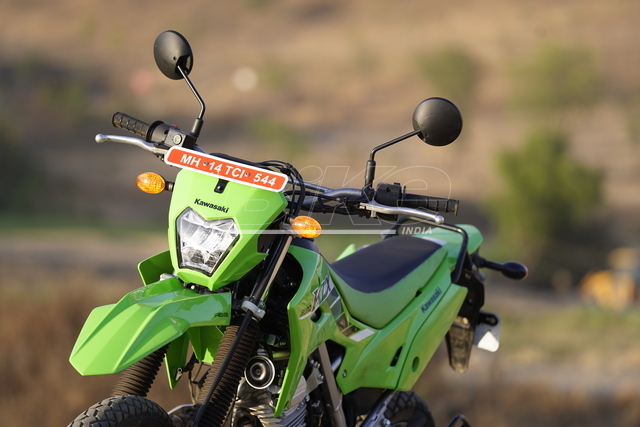
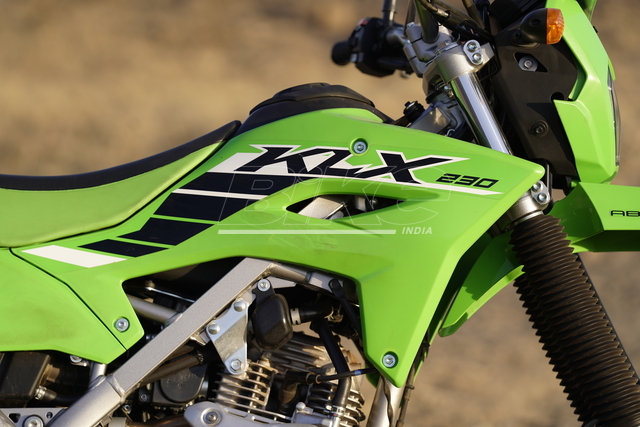
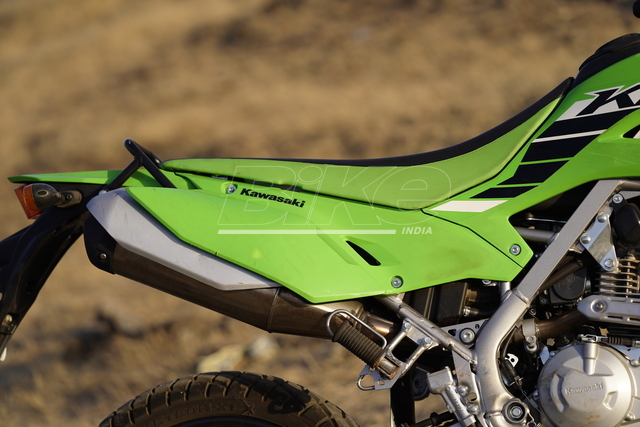
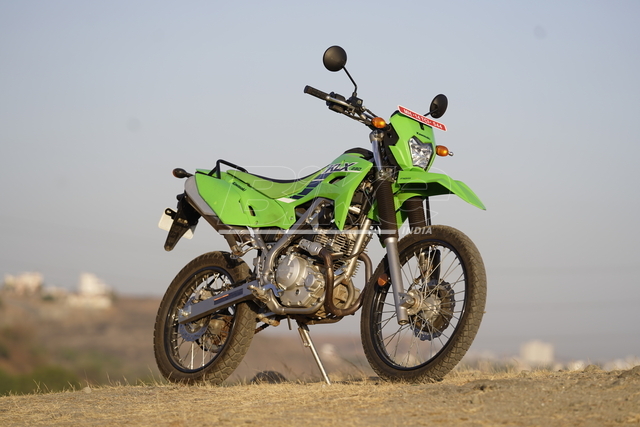
The KLX has impressive ground clearance, which is always good to have when riding off road, but it also places the rider’s seat 880 millimetres off the ground. That may seem challenging for short riders but one also has to remember that this machine weighs only 139 kilograms (kerb). Furthermore, once in the saddle, the softly sprung suspension will compress a bit. So, even with one leg on the ground, this one is easier to manage than most motorcycles of this type. Its minimalist design extends to the instrument cluster as well, which is a simple digital unit that displays just the bare essentials. We appreciate its clean layout and compact size but we did miss not having a tachometer.
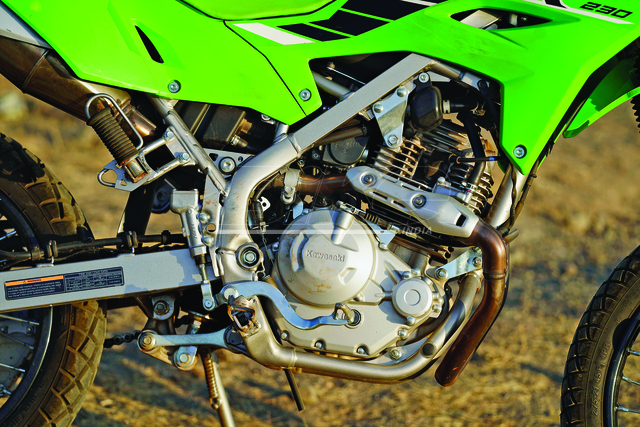
Powering this feisty motorcycle is a simple 230-cc, air-cooled, two-valve, SOHC, single-cylinder engine. It develops a reasonable 18.1 hp at 8,000 rpm and a peak torque of 18.3 Nm at 6,400 rpm. It is a rev-happy engine that comes to life just before the mid-range and then screams to the red-line as it tears through an exciting top end. Given its off-road orientation, we found the refinement reasonable and it never cut into the overall experience the motorcycle provided. Unless one has ridden the KLX, it may be difficult to understand why we are speaking so highly of a motorcycle that develops less than 20 hp. What one should understand is that while the KLX’s engine is a potent performer, Kawasaki have taken utmost care to keep the weight as low as possible. So, the number one needs to know is the power-to-weight ratio, which is a remarkable 130.21 hp/tonne.
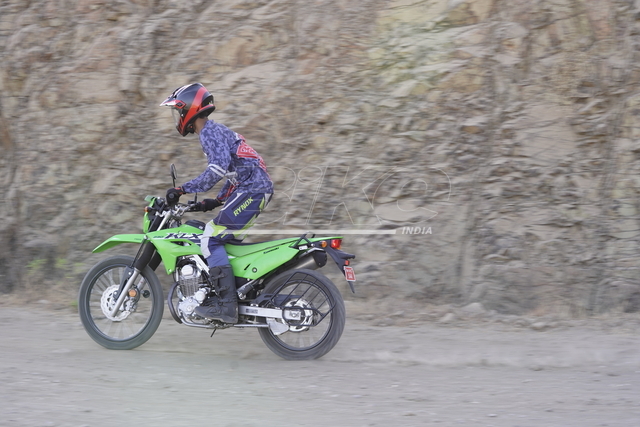
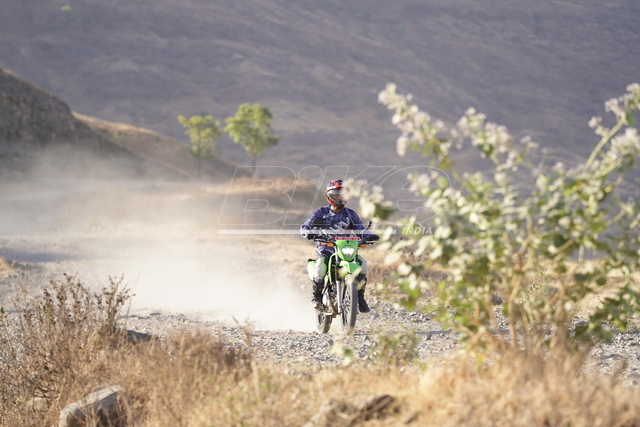
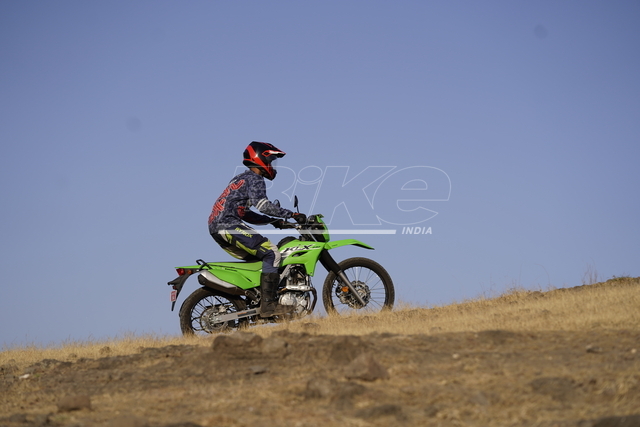
To make the most of its power-band and to take off from standstill like a stone leaving a catapult, the KLX’s six-speed transmission is complemented by a short final drive gearing. So short, in fact, that the motorcycle can pull away strongly even in second gear. At the location where we shoot off-road motorcycles, there is this steep climb with a loose surface—something I usually avoid for fear of losing momentum and getting stuck mid-way. On the KLX, however, all it took was second gear and full throttle to get to the top. That is the kind of confidence this motorcycle is capable of inspiring in the rider.



What made me most comfortable on the KLX was its handling. It is so easy to become one with this motorcycle that even when ridden to its absolute limit, it always felt within my control. Its behaviour was neutral and whenever my technique fell short, I always managed to get the motorcycle back in line by just muscling it into submission. For beginners and newcomers, this is a perfect way to learn and improve their skills in the dirt. There is generous suspension travel at either end and the monoshock has a linkage but there is no adjustability. The progressive damping of the suspension means that it is conducive to almost everything that most riders can subject it to. When riding fast on the trails, the set-up (telescopic fork and monoshock with linkage) soaks up all the bumps with ease and keeps the motorcycle stable, which allows the rider to carry pace confidently and, honestly, reaching the suspension’s limits should only be a concern for the most skilled riders. The suspension has 240 mm and 250 mm of travel at the front and rear respectively.
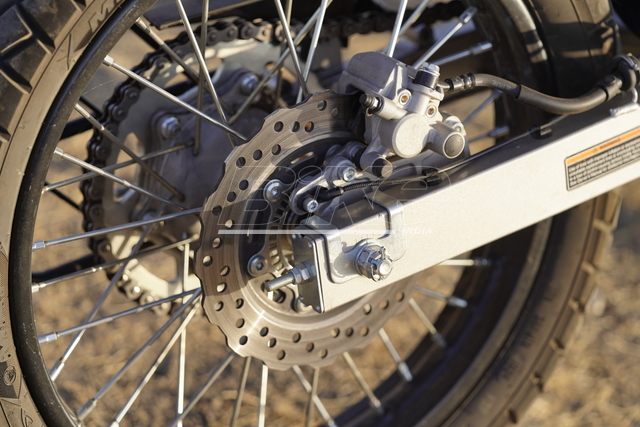
Braking duties are managed by single discs at either end with callipers that offer a sharp bite with precise feedback at the levers. The front brake is powerful enough to get the rear wheel in the air using just one finger on the lever. Kawasaki have kept things refreshingly simple by offering a button for switching off the anti-lock braking system (ABS), making the transition from road to off road the quickest among other dual-sport motorcycles in the market today.
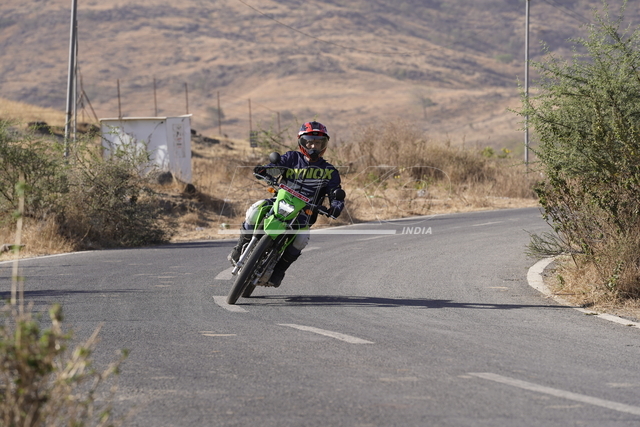
The KLX’s road manners are adequate. Of course, one has to get used to shifting through the gears quickly and has to make do with a cruising speed of 100 km/h. It can go a bit faster but is not particularly happy doing so. The suspension that devours trails makes quick work of whatever our roads can throw at it but, given that it is on the softer side, the KLX is no corner-carver. As for those who want to know about touring, that is not what this motorcycle is meant for. That is why it has a small 7.6-litre fuel-tank.
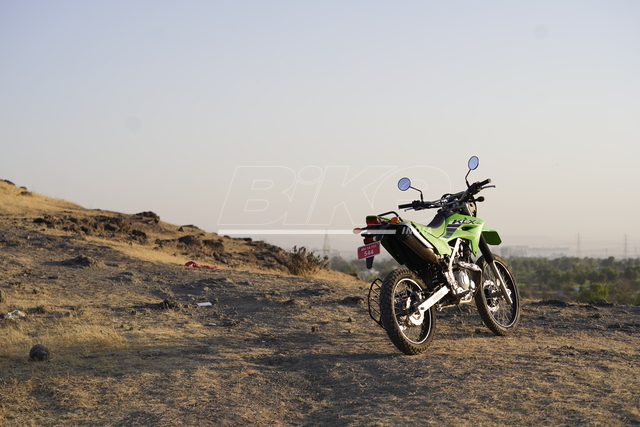
Considering that the it costs Rs 3.30 lakh (ex-showroom), it is tough to convince someone to buy the KLX over the KTM 390 Enduro R, which costs only Rs 7,000 more, but if someone needs to be convinced to buy this motorcycle, then it is not for them. This is for the off-road enthusiasts who want a light and capable machine to hone their skills and have great fun. This is for those who had to give up on their motocross motorcycle dreams because they could not afford a truck to move one around. This one is for motorcyclists who appreciate quality and capability over the advertising spiel contained in glossy brochures. Some day, I must get one. At this juncture, I must also point out that each one of the “Japanese Big Four” has motorcycles like this one in its line-up but it is only the KLX that is on sale in India. Thank you for that, Kawasaki.
Also Read: Kawasaki Ninja 500 Review


Leave a Reply